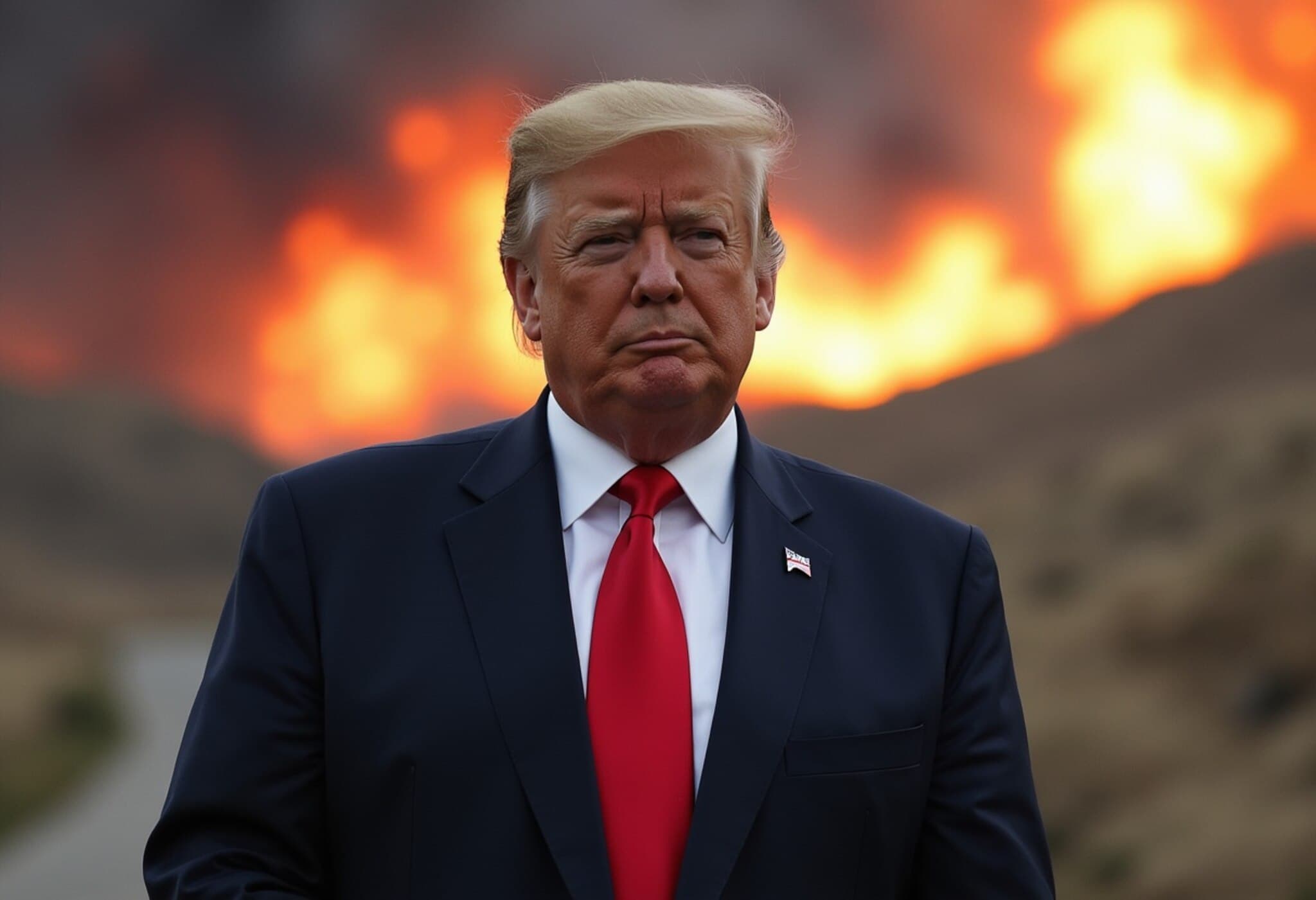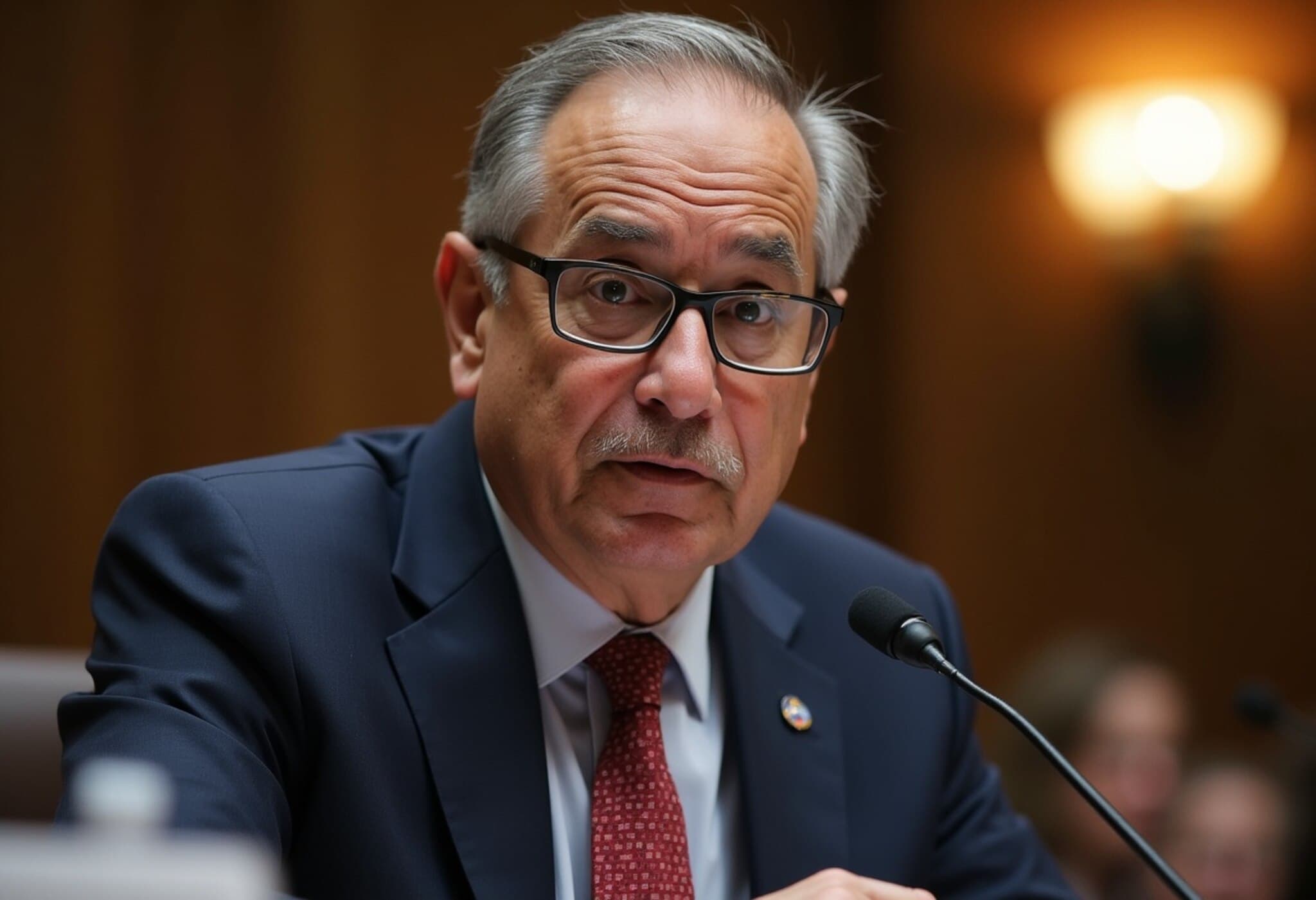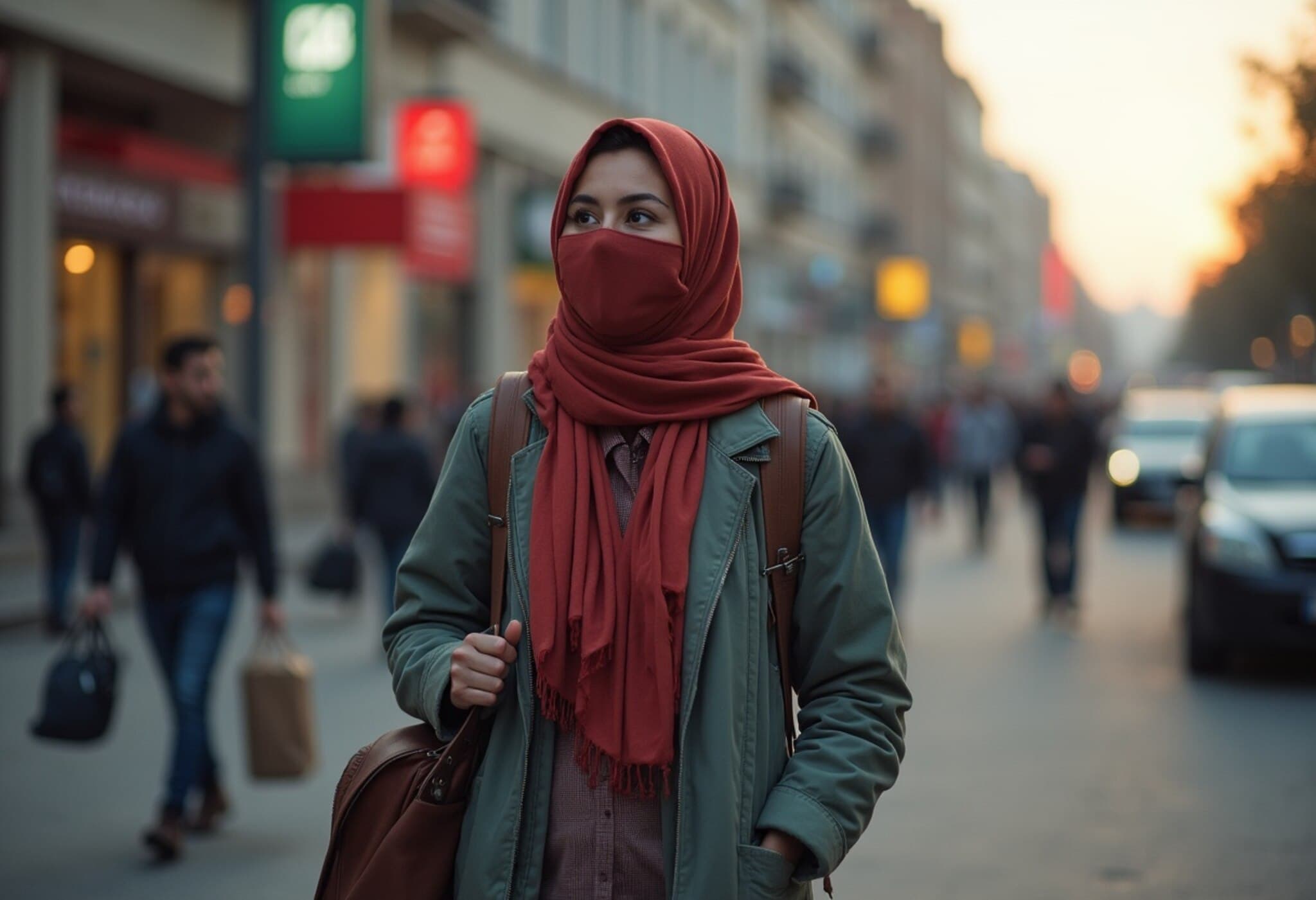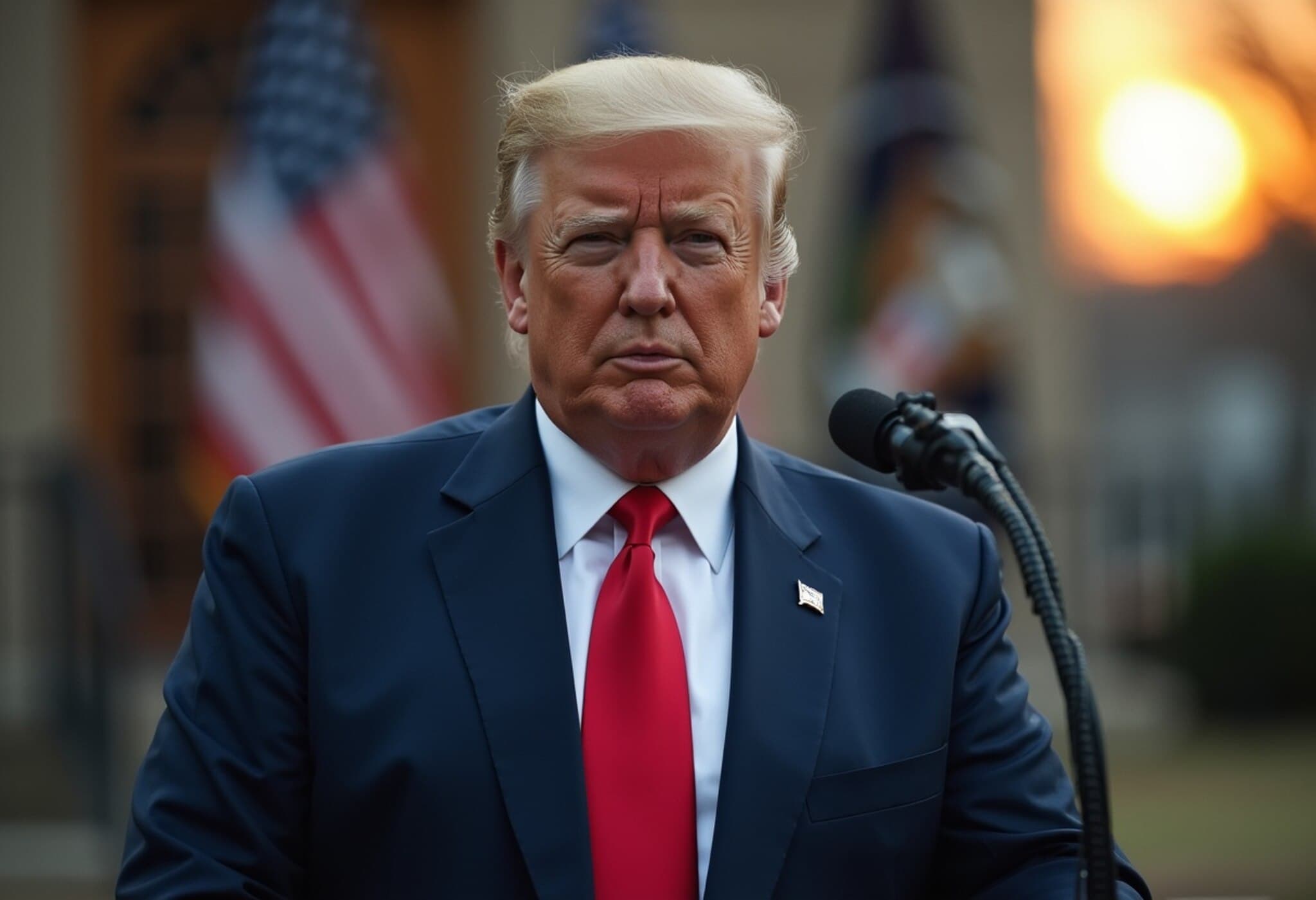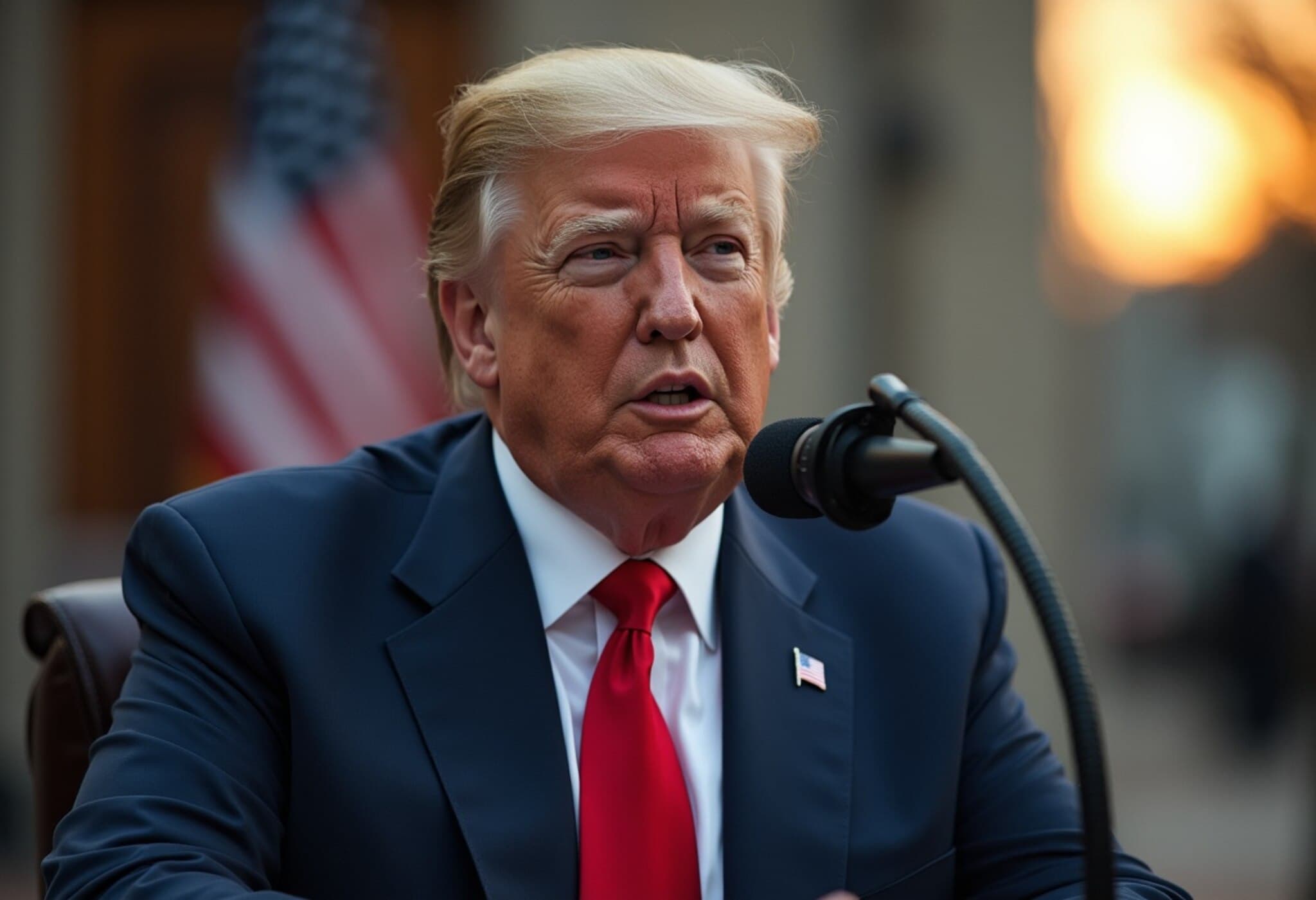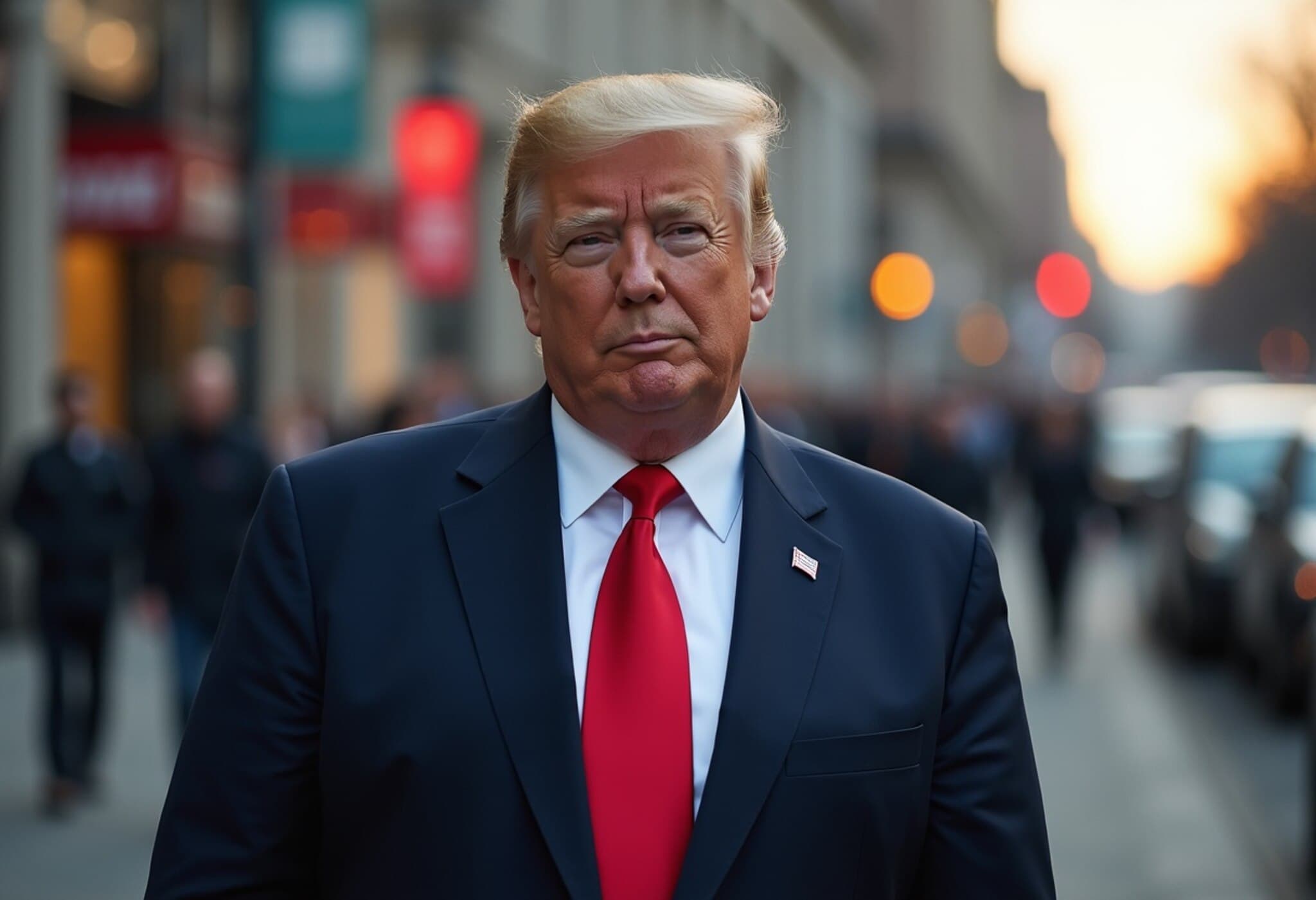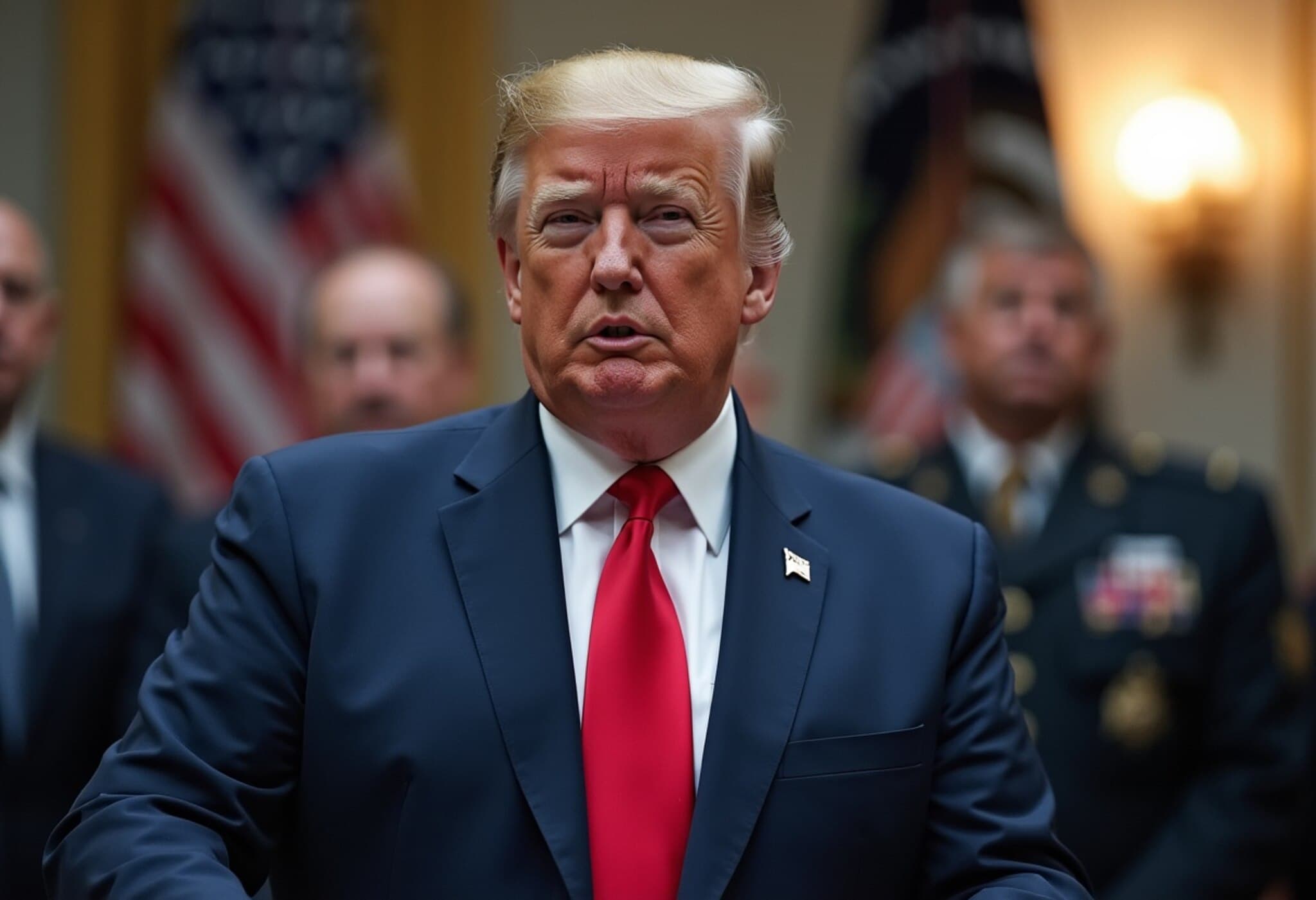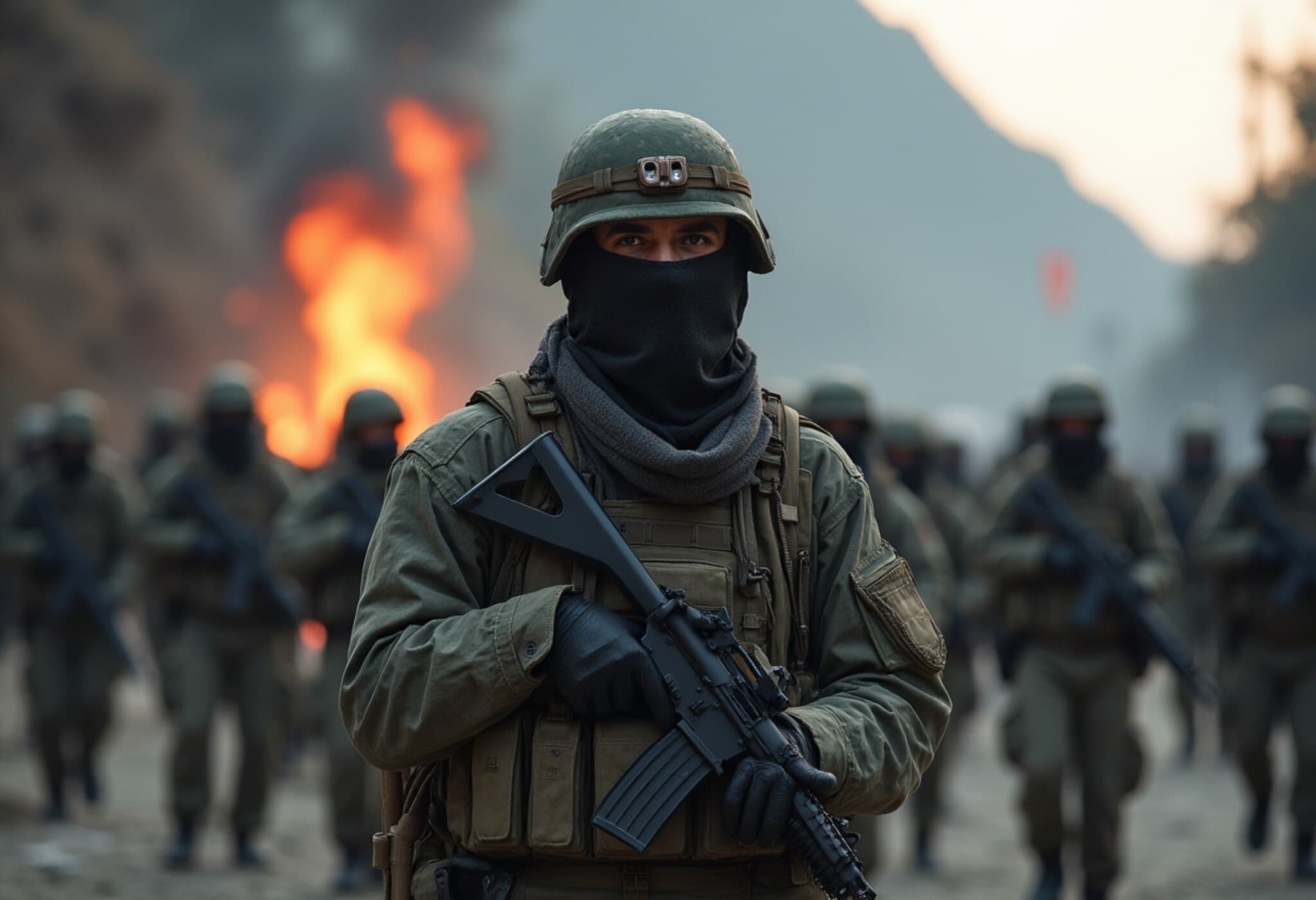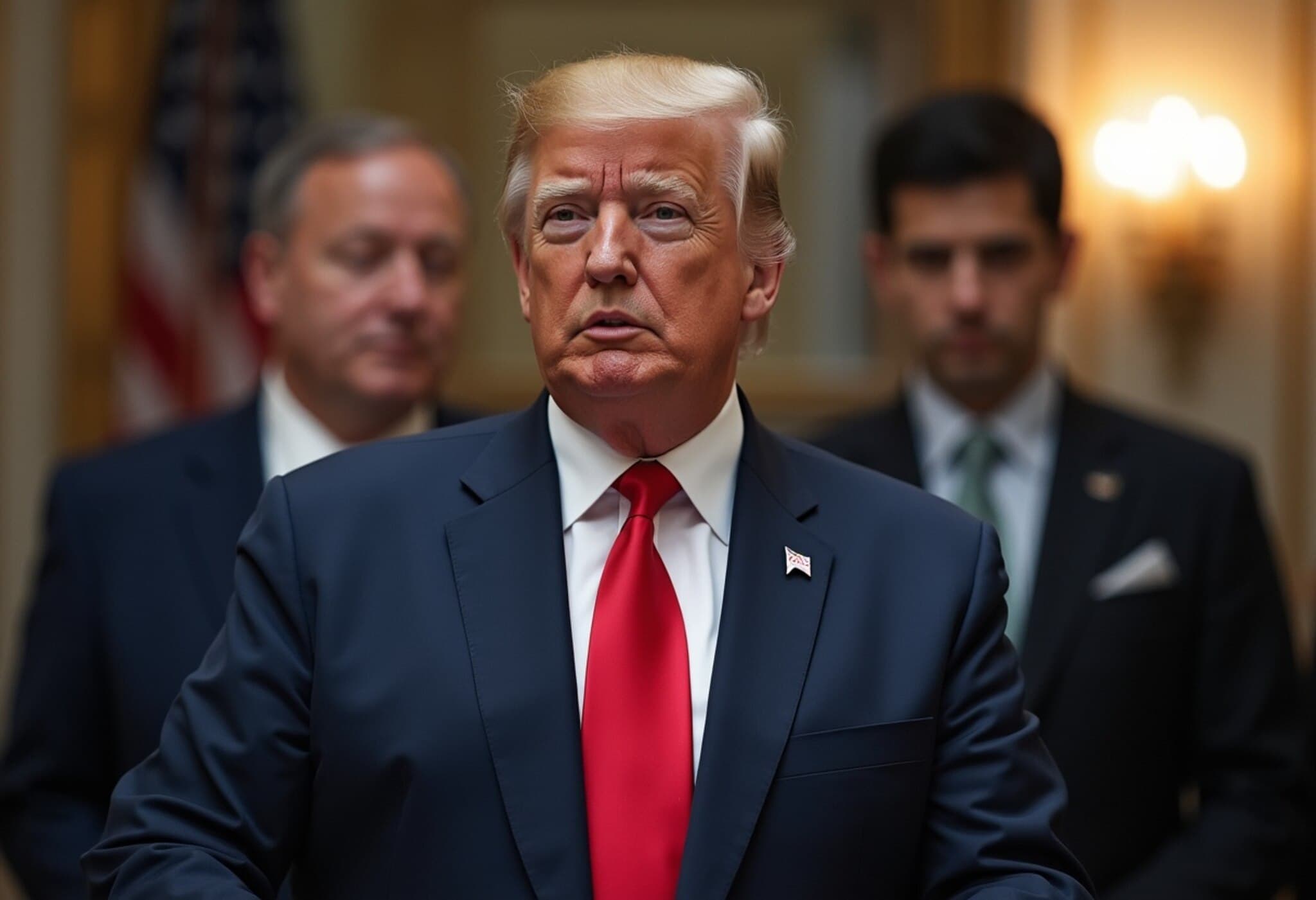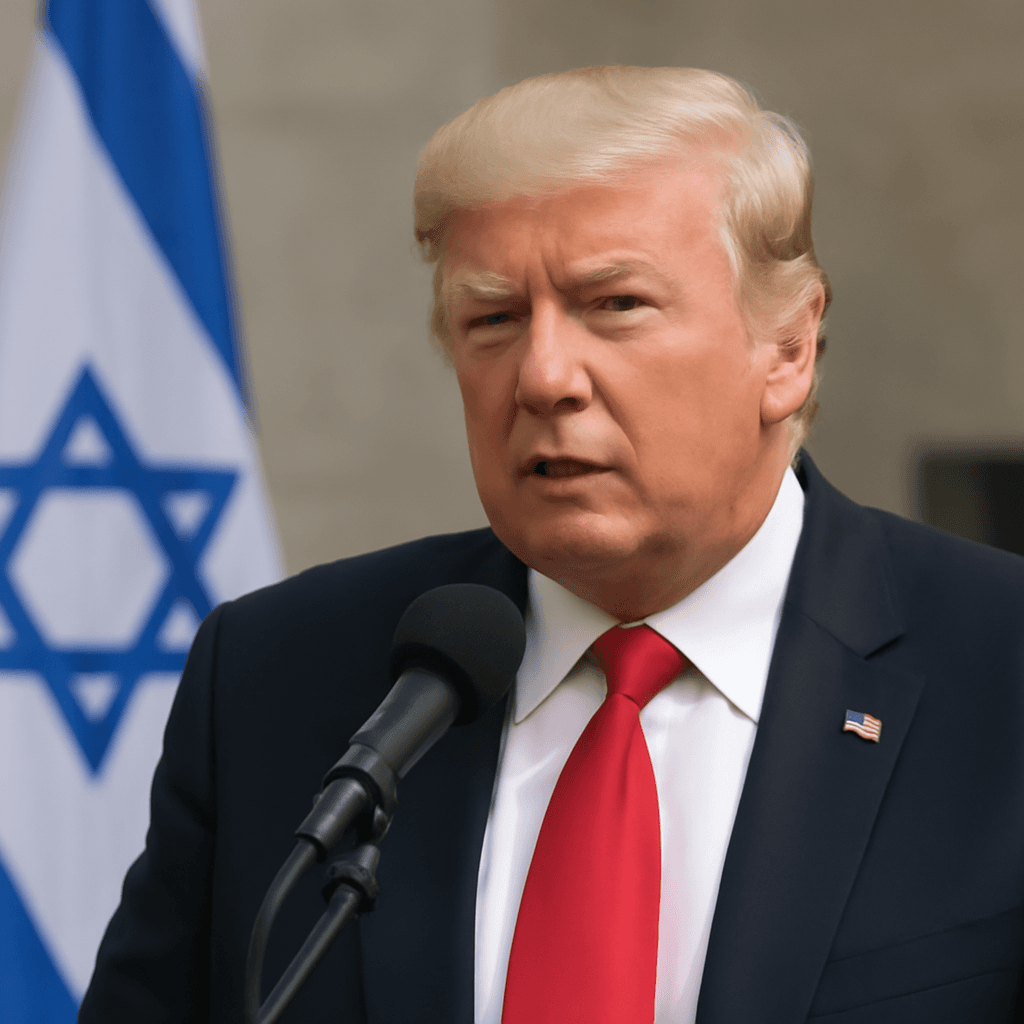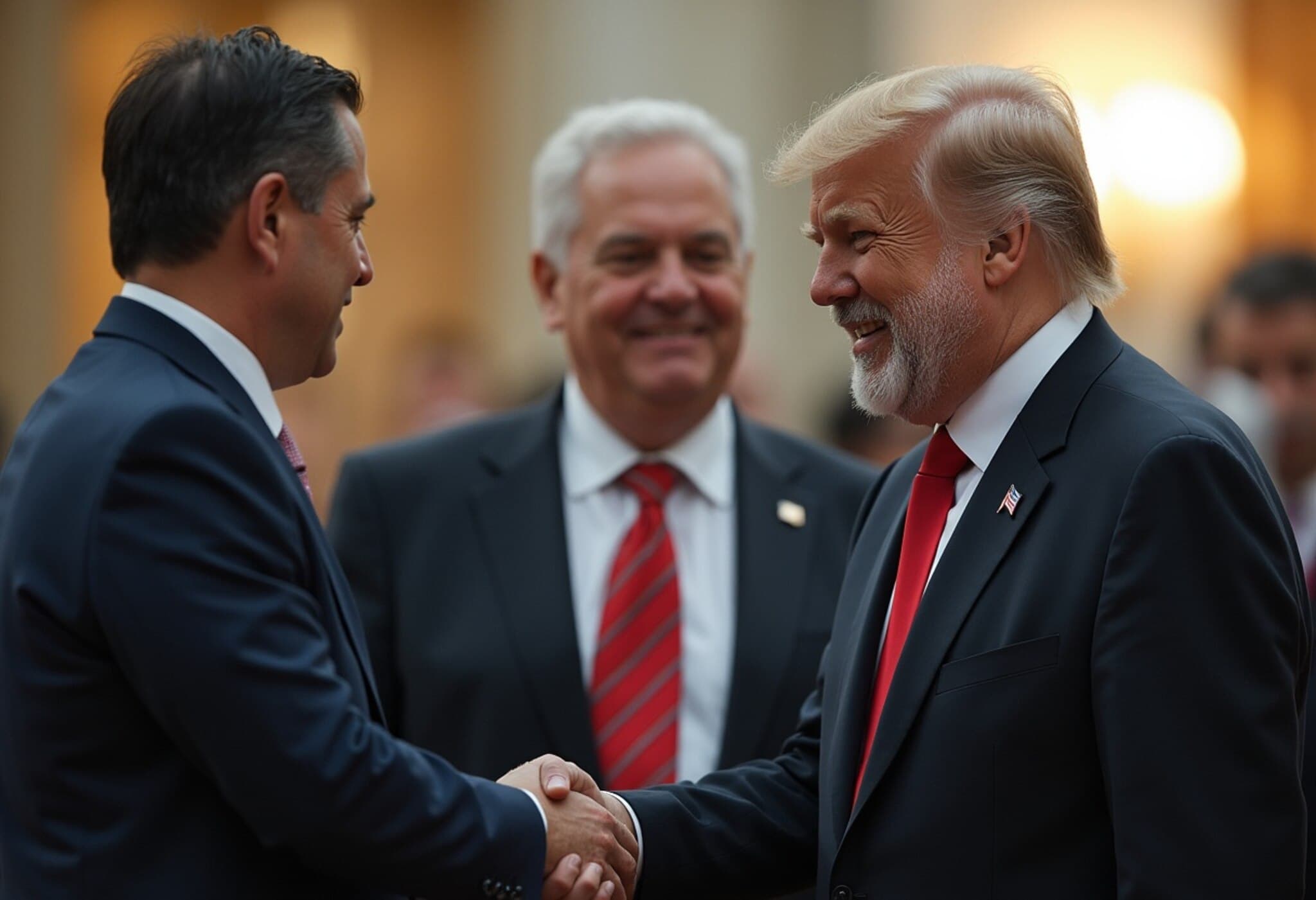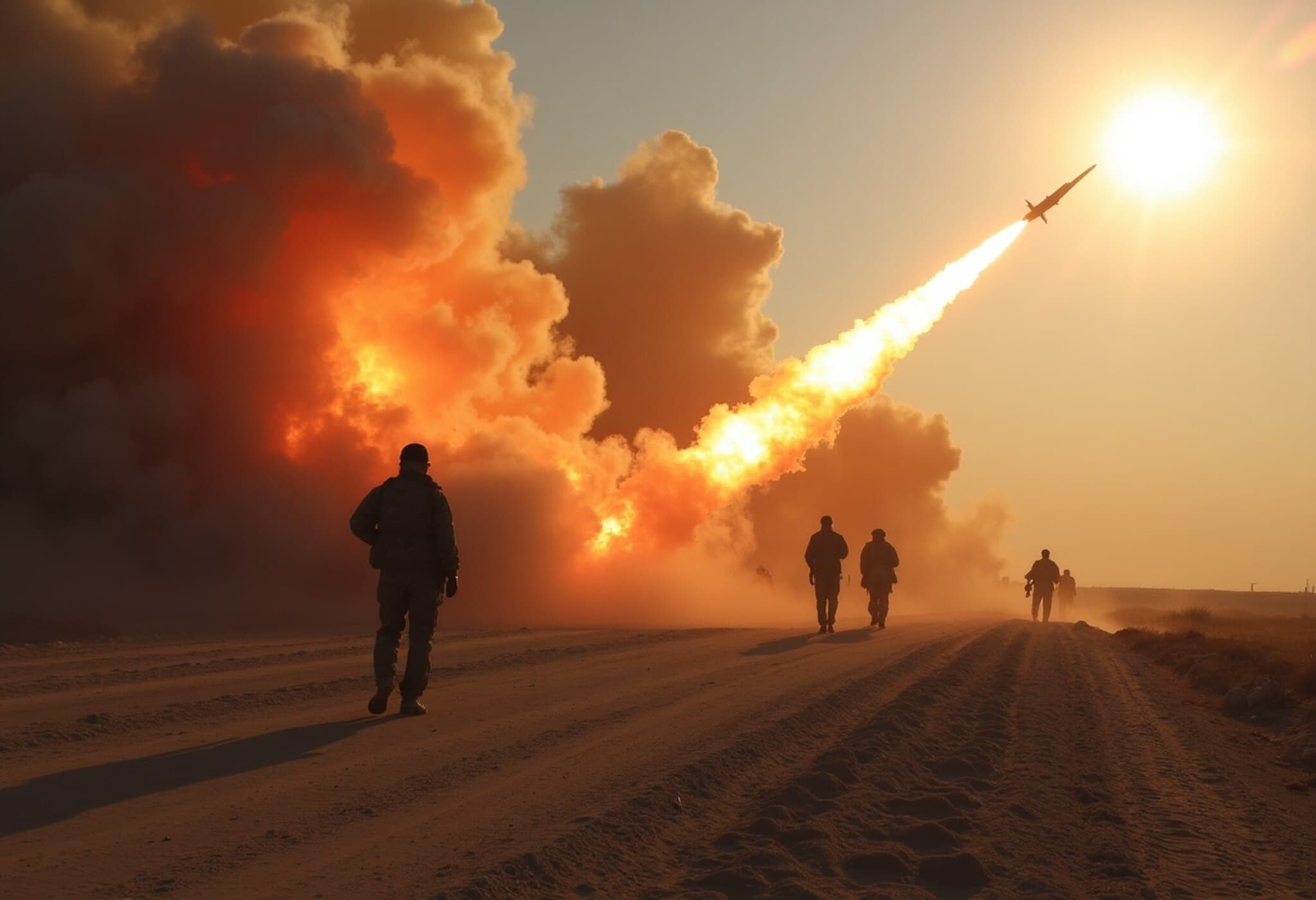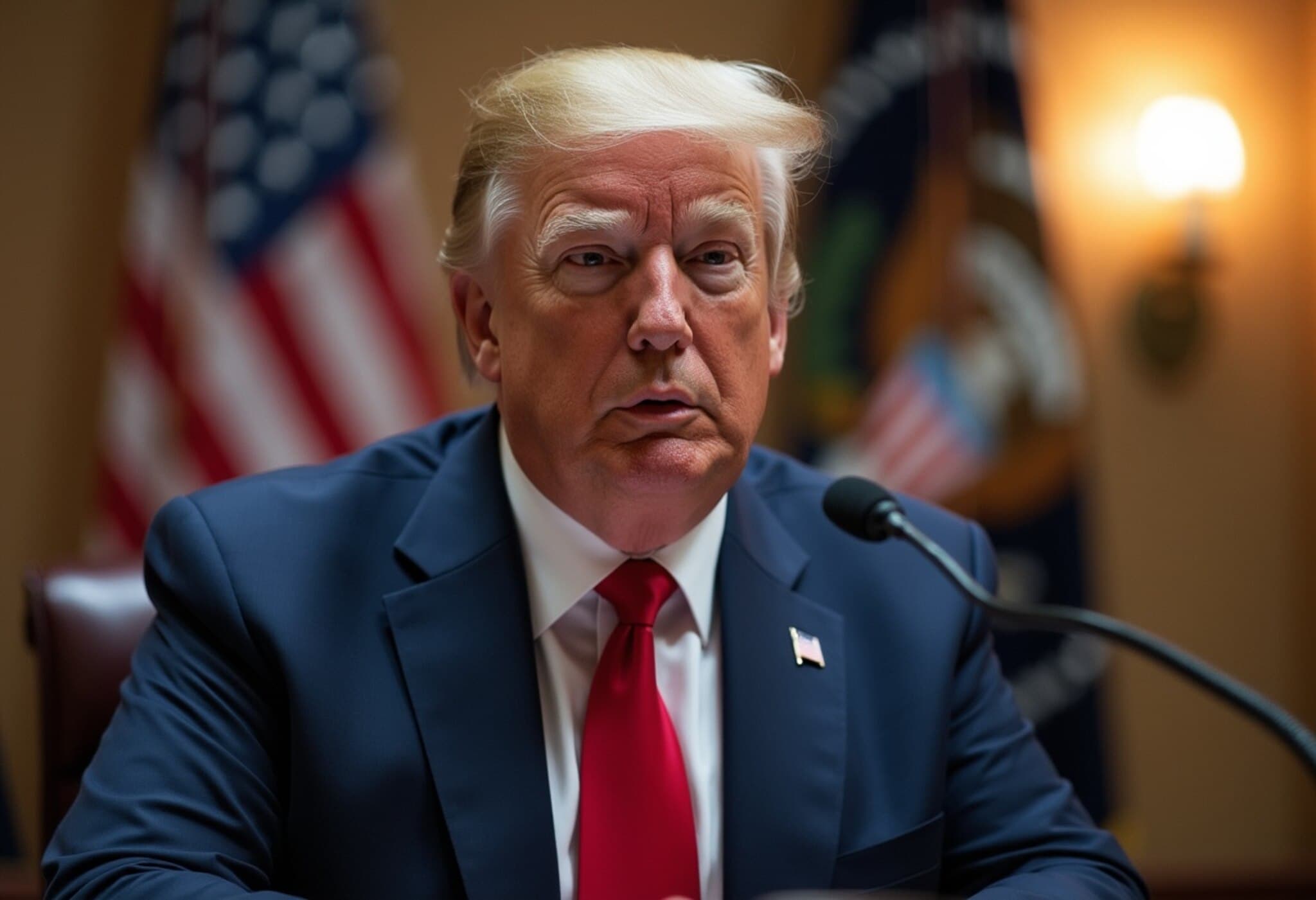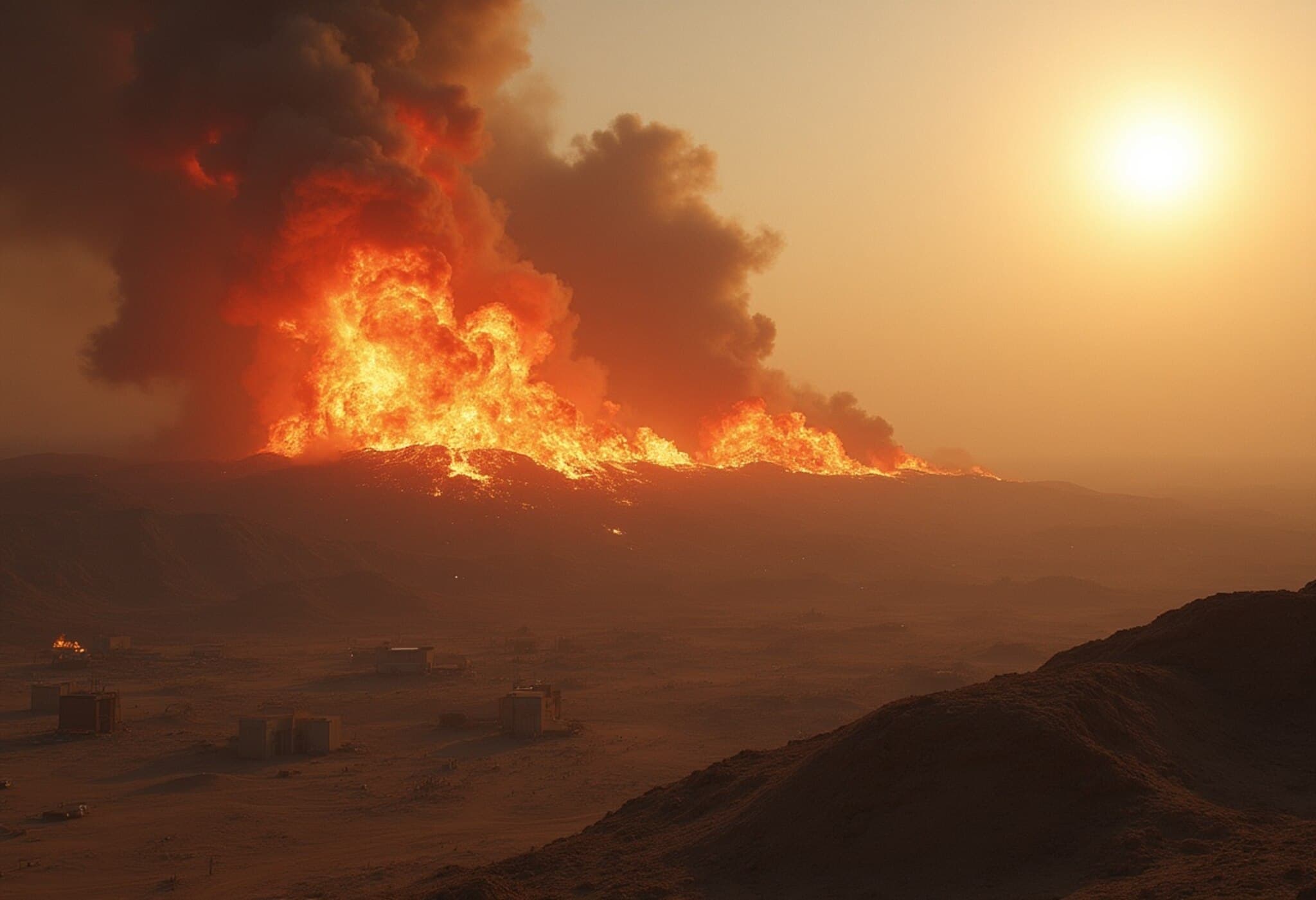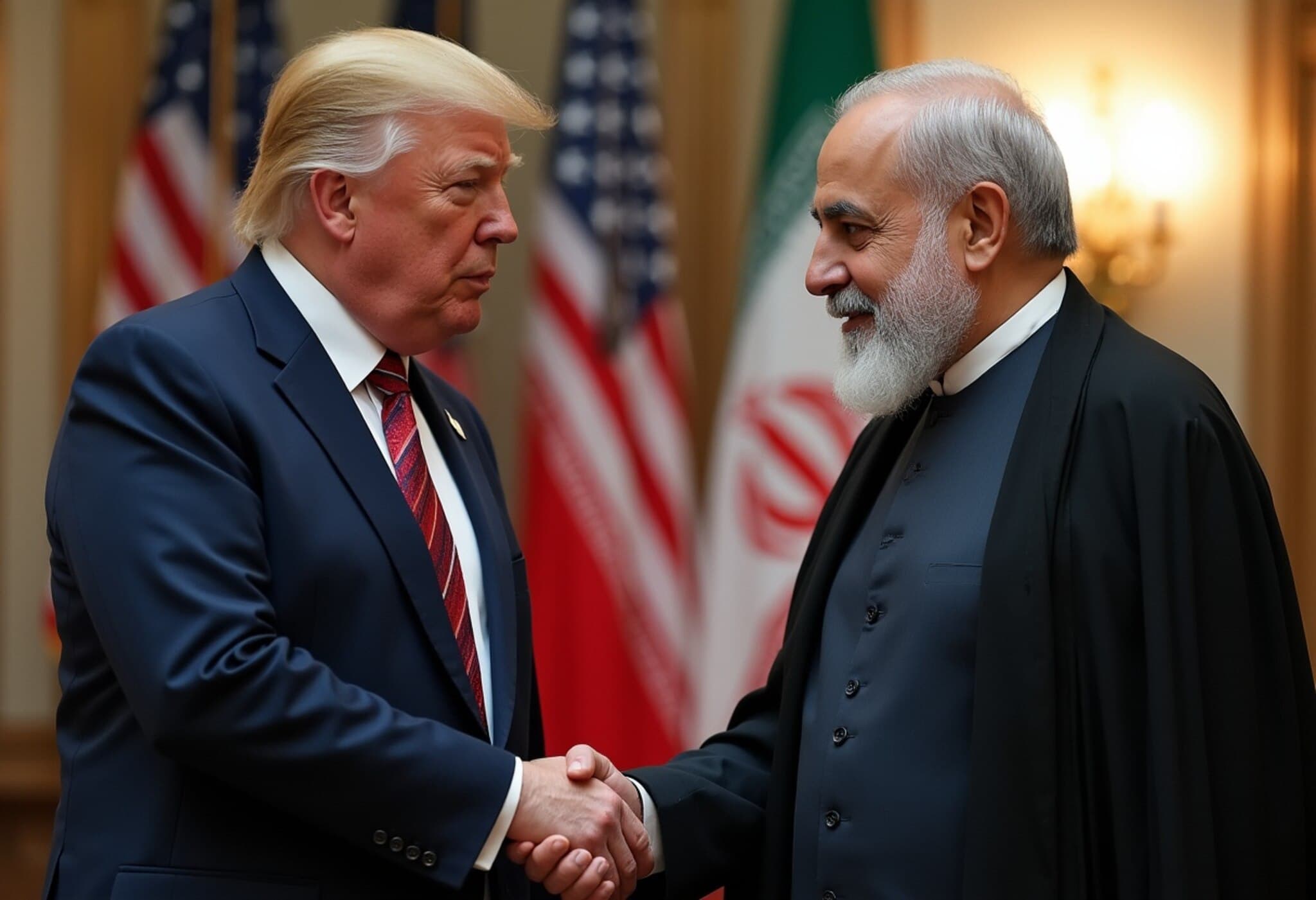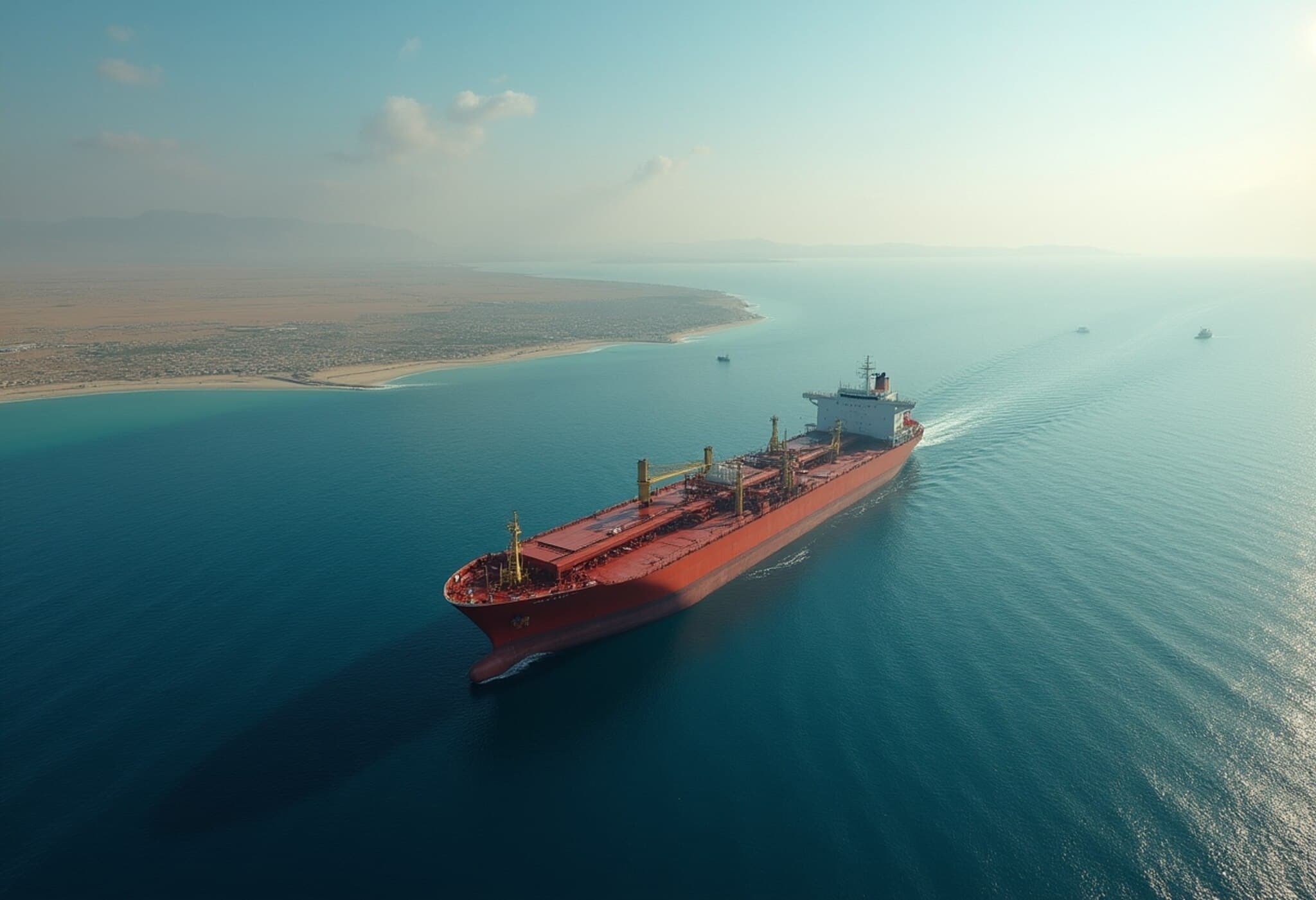Trump Faces a Crucial Crossroad on Iran
As tensions between the US and Iran escalate, President Trump is confronted with a momentous decision: to launch a military strike on Iran's fortified Fordow nuclear facility or pursue diplomatic avenues to de-escalate the crisis. This dilemma unfolds amid intensifying Israeli airstrikes on Tehran and Prime Minister Netanyahu's aggressive calls to dismantle Iran’s nuclear ambitions.
The Stakes Behind Fordow
Located deep beneath a mountain, the Fordow nuclear site represents a critical node in Iran’s nuclear program. Destroying it would require the US’s massive 30,000-pound GBU-57 Massive Ordnance Penetrator, a bunker-busting bomb deployable only by B-2 stealth bombers—capabilities Israel lacks. A strike here would not only disrupt ongoing nuclear negotiations but also pull the US directly into a wider regional conflict, challenging Trump’s ‘America First’ non-intervention stance.
Trump’s Strategic Signals
Despite the pressure, President Trump maintains that a nuclear deal with Iran remains possible. Yet his recent warnings — urging Tehran residents to evacuate the city and declaring US air supremacy over Iran — underscore the gravity of the situation. He has publicly threatened serious consequences while stopping short of ordering the assassination of Supreme Leader Ayatollah Ali Khamenei, indicating a nuanced balancing act between diplomacy and military pressure.
The Regional Tensions Mount
Israel claims full control of the skies over Tehran and has sustained a series of airstrikes targeting Iran’s nuclear and missile capabilities. With residents in Tehran beginning to evacuate amid blacked-out bazaars and closed shops, Iranian authorities insist the situation is under control, despite the palpable anxiety within the capital.
Behind the Scenes: International Perspectives
- Iranian Officials: Stress the importance of genuine diplomacy and warn of serious consequences should aggression continue.
- US Political Voices: Hawkish Republicans urge decisive military action, while some conservative factions caution against deeper involvement.
- G7 and Global Leaders: Call for a de-escalation and reiterate that Iran must never develop nuclear weapons.
- China: Criticizes the US for escalating tensions, urging restraint and diplomacy to prevent wider conflict.
Trump’s Tightrope: War or Peace?
The president balances a cacophony of voices—from allies demanding toughness to domestic factions wary of foreign entanglements. His approach appears to blend threats of force with an open door for negotiations, leveraging America’s unique military capabilities as a bargaining chip while avoiding full-scale escalation.
Possible Paths Forward
- Diplomatic Pressure: Urging negotiations under the shadow of potential military action.
- Military Threat: Keeping the option to use the bunker-busting bomb on Fordow alive if diplomatic efforts falter.
- Limited Military Strike: Coordinated precision attacks by US B-2 bombers could severely disable Iran’s nuclear infrastructure.
The Crucial Next 48 Hours
Iran has reportedly suspended recent nuclear talks but remains open to dialogue provided Washington distances itself from Israeli strikes. Should Tehran curb retaliatory missile attacks and show commitment to diplomacy, Trump may opt to hold off military action. Conversely, failure to de-escalate could prompt decisive US intervention, reshaping Middle East dynamics and defining Trump’s legacy as either a peacemaker or war-time leader.
In Summary
The United States stands at a crossroads in its Iran policy. The decision to deploy its formidable military capabilities or to harness diplomatic channels amid escalating regional hostilities will resonate far beyond the Middle East. As both allies and adversaries watch closely, Trump’s choice will significantly influence global security and the future of nuclear diplomacy.

